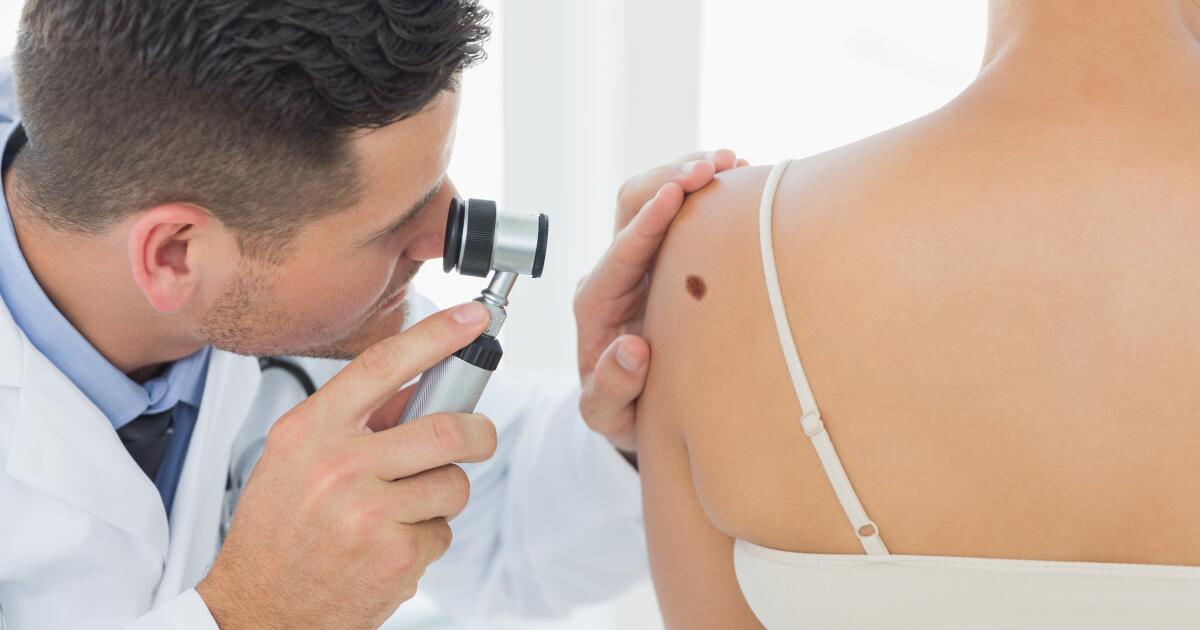Everyone is at risk of developing skin cancer. Your unique skin type does play a role in establishing your statistical risk, but UV exposure is the main factor in all skin malignancies. Check your moles for skin cancer check in Turramurra on a regular basis, and make a note of anything that appears or grows on your skin.

However, the earlier you begin skin cancer treatment in Sydney, the greater your chances of avoiding surgery or, in the event of malignant melanoma or other skin cancer, possible deformity or even death. It is also a good idea to consult your doctor about your degree of risk and for early detection guidance.
Consult your doctor if you have any skin blemishes or patches that are:
- Growing
- Bleeding or itching
- Changing shape
- Shiny, pearly or waxy bumps
- Firm nodules
- Flesh-coloured or brown scar-like lesions
- Brown spots with darkened speckles
- Crusted lesions
There are three main types of skin cancer to look for:
Melanoma
- The most lethal type of skin cancer.
- If neglected, it can spread to other regions of the body.
- It is possible for it to occur on skin that is not typically exposed to the sun.
Basal cell carcinoma
- The most prevalent and least deadly kind of skin cancer.
- Red, pale, or pearly in colour, manifests as a lump or dry, scaly region.
- May ulcerate or fail to heal entirely.
Squamous cell carcinoma
- A swollen, red, scaly area that can bleed, crust, or ulcerate.
- Grows over several months, generally in places that are frequently exposed to sunlight.
- People over the age of 50 are more prone to suffer from this condition.
Conclusion:
Did you know that skin cancer is referred to as the "national cancer" in Australia? By the age of 70, at least one in every three Australians will be diagnosed with skin cancer. As a result, if you experience any of these symptoms, see your doctor as soon as possible.
